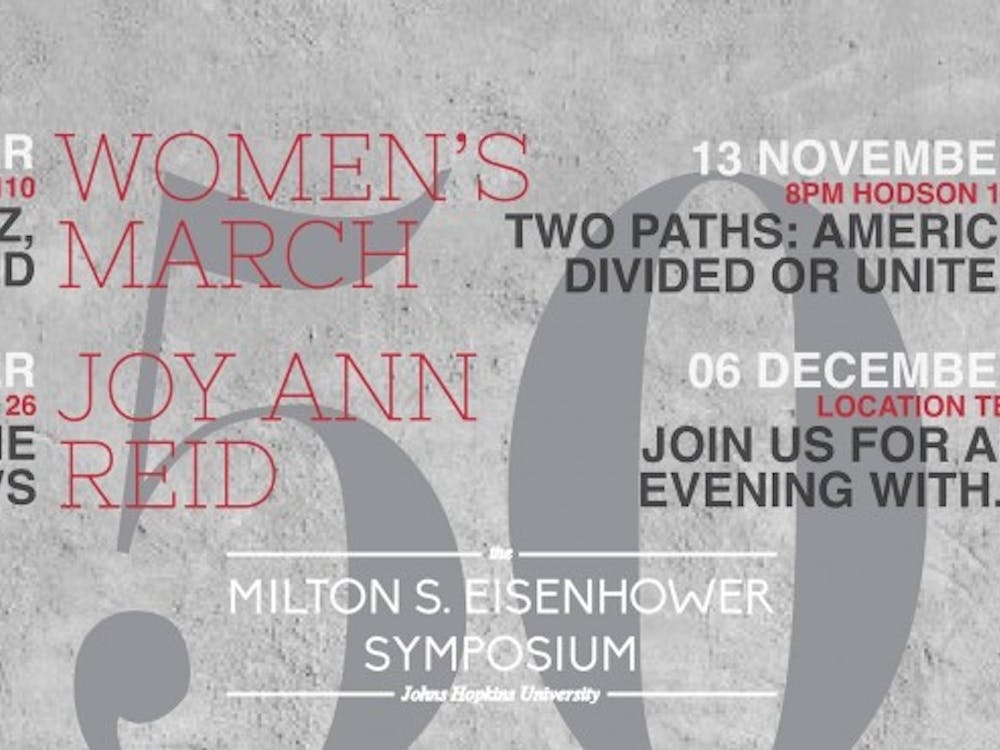J. Lyndon Hickman’s The Years of Magic is an odd book with bigger ambitions than what most stories try to achieve. It is a blend of different genres and has a rather large cast of characters, feeling like an ensemble piece. Unfortunately, like other overly large masses, the book eventually falls under its own weight. It is still an entertaining experience to see though, even if it did not live up to expectations.
Set between the two World Wars, the book begins when a mysterious boom is heard across the planet and electrical devices cease to function. As a result, supernatural beings that were driven away by the electricity return to the mortal world—creatures like ghosts, werewolves, witches and vampires. Angels reappear as well, and a guardian angel named Winston returns to protect his charge David, the main character of the book.
The characters in David’s world are affected too: his former friend Edith appears to be an evil witch, and her mansion is the centerpiece for many of the book’s mysterious events. Edith’s friend Fiona befriends a mysterious baron that Winston claims is a vampire, and many of the townspeople, from the judge to the sheriff, are slowly tempted by the evil that surrounds them.
The plot is very much one of suspense, building a web of mysteries that gradually connect to each other. Through the baron, a church is being funded…one without any crosses. Through the secret service agent, a mysterious cult is discovered. Through David, Winston provides his own theories to the situation, serving as the reader’s guide to the story. Each character has their own mystery and issue to deal with, which encourages the reader to keep reading to see how the things are solved.
As The Years of Magic moves forward, more mysteries develop and everything starts to become interconnected, from the most internal level (a policeman starts having evil thoughts), to the most cosmic (Edith uncovers a stone said to possess the power of an evil universe). The reader is given glimpses of both another galaxy and the dreams of peasants. The stakes seem to get higher and higher until they appear to be (literally) universal, and the reader anticipates the conclusion.
Unfortunately, for such a high-stakes book, the final fight is merely a simple battle between good and evil to control a church. There is no cosmic, end-of-the-world scenario here: just a fight to destroy some real estate. Although the battle is entertaining to read (featuring giants, guardian angels, undead creatures being set on fire and a fight with a vampire), the nature of the conflict is extremely disappointing after the tense buildup that occurred in the chapters leading up to the brawl.
Furthermore, the book creates buildup at the cost of character development, containing so many plotlines that many characters do not get the complete story that they deserve. The character most screwed over in this regard is Edith. She is David’s former close friend—an asset that is never developed and may as well not have been in the book, which is sad, given the potential to explore the two characters’ relationship. She is displayed as an evil witch quite suddenly, with no explanation of what had brought her to this point. She is merely seen as the baron’s sidekick and her story is finished with extreme haste. Lesser characters were on the page far more frequently than she was. She is the perfect example of the wasted potential that can befall strong characters.
The prose also brings up some mysteries. Dialogue is often written in monologues, which can be slightly confusing to someone more used to a traditional exchange. However, it soon becomes an entertaining way to be given exposition—turning a negative element into a quirky one. Unfortunately, the quirk eventually goes too far, bringing to light the question of the book’s desired audience. The plot and the way it handles supernatural creatures seems more at home in a children’s story, especially when ludicrous action occurs, such as a rocket appearing out of a carriage. The Years of Magic has heavy sexual innuendo at points though, going as close to crossing the line as possible, and often features graphic descriptions of violence, such as heads being ripped off and children being devoured. The sexual and violent acts in the book seem unsuitable for children, but the content may be presented in too lighthearted a manner for adults.
Despite this, the strength of the piece is clearly in the multiple plotlines that make up the story. Each character gets a strong amount of detail put into their stories—the stories of the sheriff, Edith, Fiona and many of the townspeople get as much development as David; perhaps even more so. The Years of Magic also has numerous subplots that tie in to the main plot of the town: a secret service agent investigates the disappearance of a scientist who may be responsible for the loss of electricity, and a pastor with experience fighting the undead moves to a local church near town. The story shifts constantly between different people’s stories (and in some cases, to characters that are only in that particular chapter as a way to set up future events). The large cast makes the book a joy to read, as it not only reinforces the idea that the town’s supernatural nature is affecting every character, but also makes the reader wonder whose story they will be experiencing next, adding a subtle element of narrative surprise that is rarely witnessed in books.
Although The Years of Magic never finds the right balance with character development, graphic content and the number of plotlines, it is an enjoyable experience. While the ending is slightly disappointing, the ride is still a thrill. The Years of Magic should be read if only to see the joy of how to create a true ensemble piece—the aspect that, in the end, makes the whole ride worth it.
- David Shear for The News-Letter
















